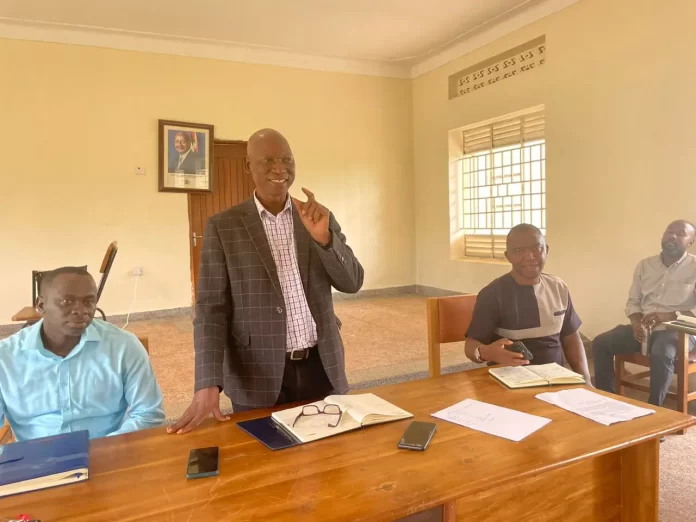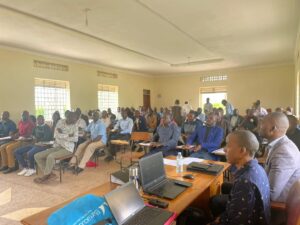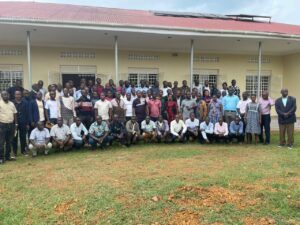
The Elgon Region training for Gombolola Internal Security Officers (GISOs) has commenced at the District Council Hall in Sironko district on June 17, 2024, to mark the beginning of the Parish Development Model (PDM) Data Capture Exercise, whose aim is to ease monitoring of the program.
The Siroko Resident District Commissioner (RDC), Denis Balwaniregha, applauded the timely launch of the data capture exercise and emphasized the importance of tracking and measuring the PDM’s impact to ensure its success.
Balwaniregha reminded participants of the government’s commitment to development programs despite limited resources. He stressed the need for shared responsibility in safeguarding these programs.

He further commended the PDM designers for targeting the poorest 39% of the population at the village level rather than by district. He highlighted the potential challenges within the well-designed Ugandan government structure, urging the identification of areas hindering the PDM’s progress.
The RDC noted the importance and role of leaders at all levels in contributing to the program’s success. He emphasized the need to ensure that the PDM funds are reaching the intended population.
Lt Gilbert Ninsiima, the team leader, urged the GISOs to appreciate and actualize “pillar number 5” of the PDM—mindset change. He urged leaders to lead by example and empower themselves before mobilizing and sensitizing the community.
The Regional Internal Security Officer (RISO), Maj Emmanuel Kambaho, cautioned the GISOs against rushing the data capture, emphasizing the importance of accurate and complete data for informed decision-making.
He hailed the Zaidi Application, which was developed by the Internal Security Organization (ISO), as a milestone for monitoring the PDM at the grassroots level.

Acknowledging Uganda’s history of tackling poverty through government programs alongside the challenges faced by the PDM, the RDC expressed his appreciation for the ISO’s initiative to track PDM beneficiary data, highlighting the need to learn from past experiences.
He raised concern about the program’s ability to reach the intended beneficiaries. With reports of extortion and manipulation, there’s a chance the poorest 39%—the very people who need this the most—are being excluded. This lack of transparency makes it difficult to track the program’s progress and identify areas where it can be improved to ensure that it’s reaching those who need it most.














